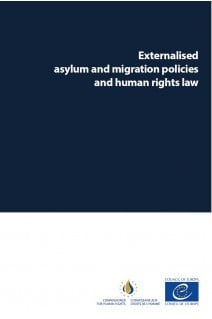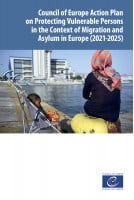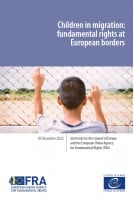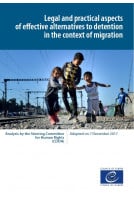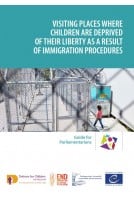How far can states go to manage migration beyond their borders?
This report explores the growing phenomenon of the externalisation of asylum and migration policies — the transfer of migration control and protection responsibilities beyond a state’s territory. While often presented as cooperation, such practices can blur the lines of accountability and risk undermining fundamental human rights, including the right to life, freedom from torture, and access to asylum.
Drawing on legal analysis and international standards from the European Convention on Human Rights, UN treaties, and EU law, this study examines how Council of Europe member states’ direct and indirect actions may engage their responsibility under human rights law. It provides a comprehensive overview of the legal and ethical implications of externalisation, highlighting the urgent need to ensure that border management and migration policies remain fully consistent with human rights obligations.
Introduction Key recommendations Chapter 1 - Externalised asylum procedures
1.1 Introduction
1.2 Externalised asylum procedures carried out by the authorities of the country to which asylum seekers are transferred
1.3 Externalised asylum procedures carried out under the jurisdiction of the externalising member state itself
Chapter 2 - Externalised return procedures
2.1 Introduction
2.2 Gaps in fairness and efficiency of contemporary territorial asylum procedures as an impediment to externalised return procedures
2.3 Circumvention of procedural safeguards leading to unlawful expulsions
2.4 Persons left in protracted legal uncertainty
Chapter 3 - Overarching issues regarding externalised asylum and return procedures
3.1 Introduction
3.2 Detention
3.3 Transfers to externalised procedures following an extraterritorial rescue or interception
3.4 Risks to vulnerable groups
3.5 Council of Europe member states as hosts of externalised procedures
Chapter 4 - Externalisation of border management
4.1 Introduction
4.2 Containment policies and human rights impact
4.3 External migration control cooperation and the jurisdictional link in the case law of the Court
4.4 Actions aiding and assisting human rights violations by other countries
4.5 The expanding role of Frontex outside the EU area
Chapter 5 - Transparency, monitoring and accountability gaps
5.1 Introduction
5.2 Issues impacting on transparency
5.3 Inadequate or insufficiently elaborated human rights clauses
5.4 Barriers to effective monitoring
5.5 Accountability gaps
Chapter 6 - Conclusions Chapter 7 - Recommendations Endnotes
